 | Back to e-WV
| Back to e-WV
 The West Virginia Encyclopedia
The West Virginia Encyclopedia
 | Back to e-WV
| Back to e-WV
 The West Virginia Encyclopedia
The West Virginia Encyclopedia





















Kanawha County, named for the Kanawha River which flows through it, was created November 14, 1788. Initially 10 times its present size, the county remains West Virginia’s fourth largest, at 908.4 square miles.
Charleston is the county seat of Kanawha County and the capital of West Virginia. Charleston is home to Yeager Airport, the Clay Center for the Arts & Sciences, Spring Hill Cemetery, University of Charleston, and many other sights.

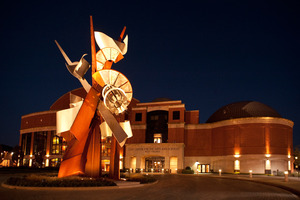
South Charleston occupies a historic location along a buffalo trail that became the James River & Kanawha Turnpike, later known as the Midland Trail. Stagecoaches stopped at the mouth of Davis Creek, and travelers favored the dependable spring for which the South Charleston neighborhood of Spring Hill is named. South Charleston is home to the state’s second-largest burial mound. The city is also home to Marshall University Graduate College and Kanawha Valley Community and Technical College.
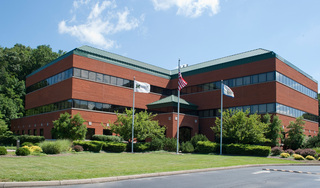
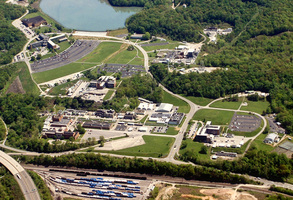
The first settlers of present St. Albans were brothers Lewis and Christopher Tackett, who settled at the mouth of Coal River and built a fort about 1786. St. Albans is home to an archeological site that contained some of the most important archeological deposits yet discovered in the eastern United States.
Malden was the commercial center of Western Virginia’s richest and most industrialized region in the early 19th century. Booker T. Washington once lived in Malden, and the church he attended, African Zion Baptist Church, still stands.
The Capitol was designed by architect Cass Gilbert. It was officially dedicated on West Virginia Day, June 20, 1932.

The New and the Gauley rivers join to form the Kanawha River at Gauley Bridge. The river continues northwest on a meandering course of 97 miles to the Ohio at Point Pleasant.
The Elk River meanders 177 miles from its headwaters in Pocahontas County westerly to its confluence with the Kanawha River at Charleston.
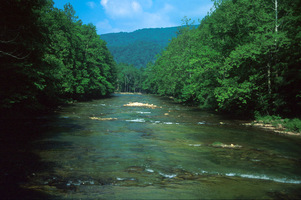
The Midland Trail, designated as U.S. 60, was the first state-maintained highway in West Virginia. In 1988, the section from White Sulphur Springs to the state capitol was designated as West Virginia’s first state scenic highway.
In 1912-1913, the Cabin Creek and Paint Creek areas of Kanawha County were the site of a bloody and dramatic strike.
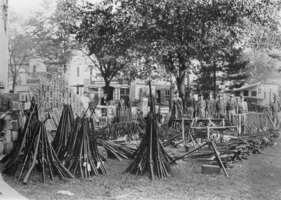
The Coal River joins the Kanawha River at St. Albans. The triangular-shaped Coal River basin covers about 900 square miles, including almost all of Boone County and parts of Kanawha, Raleigh, Lincoln, Logan, and Putnam counties.
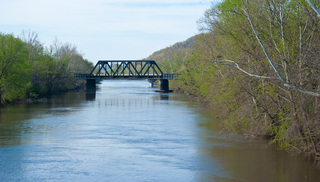
Kanawha State Forest was developed by the Civilian Conservation Corps in the 1930s. Recreational facilities include numerous hiking trails, swimming pool, stables, picnic sites, nine picnic shelters, several playgrounds, shooting range, and a 45-site campground. Hunting is permitted in season.
Nitro was built during World War I to manufacture munitions. The city, which is in both Kanawha and Putnam counties, remains a major center of chemical production.
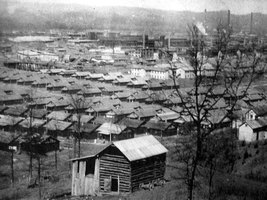
Mardi Gras Casino & Resort opened as Tri-State Greyhound Park in May 1985. Over the years, the facility in Nitro was expanded and improved as additional forms of gambling became legal in West Virginia.
West Virginia State University is a public land-grant institution located at Institute. It offers bachelor’s and master’s degree programs. The university was founded as the West Virginia Colored Institute by the West Virginia Legislature on March 17, 1891. It was one of 17 black land-grant colleges established under the Second Morrill Act of 1890.
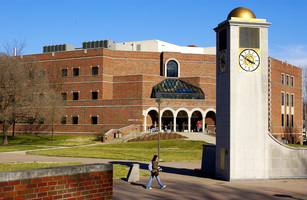
Montgomery, located in both Kanawha and Fayette counties, is home to West Virginia University Institute of Technology.
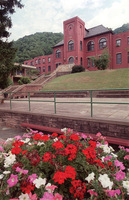
The West Virginia Turnpike, the state’s only toll road, runs from Charleston to Princeton.
In the early 20th century, Blaine Island held a small amusement park and bathing beach on the upper end, a favorite summer getaway for Charlestonians. The island has served as a chemical plant since it was acquired by Union Carbide.
The DuPont Belle Works, a mainstay in the economy of the upper Kanawha Valley of West Virginia for more than 90 years, pioneered a new industry, commercial chemical synthesis at hyper pressures.
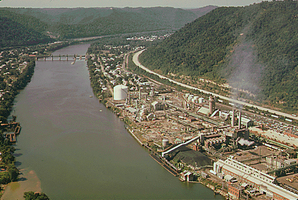
The Pinch Reunion was established by Judge William W. Wertz and other Elk River residents in 1902. For three days in August the gathering is held at Rockwood Glen, in Pinch, northeast of Charleston.
Port Amherst is an important river port and one of the oldest communities in the Kanawha Valley.